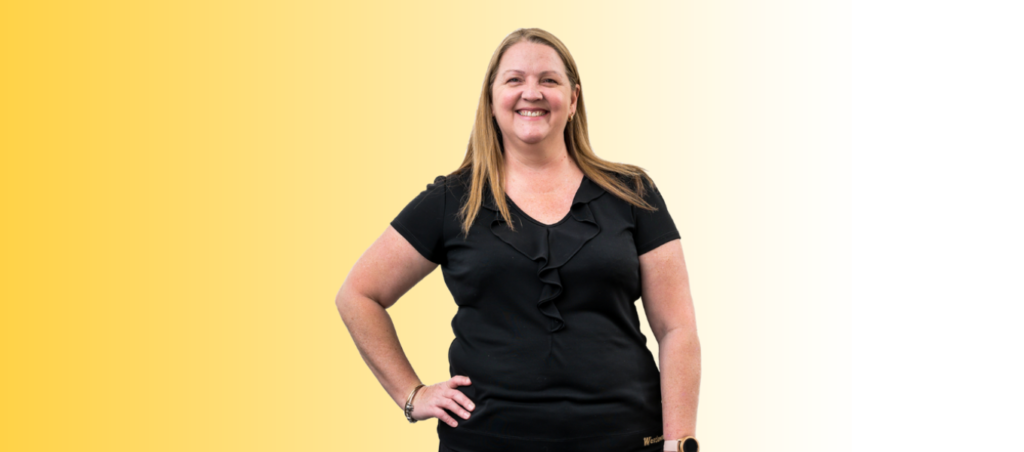It’s that time of year when your home and contents insurance policy renewal arrives in the mail. From the time you took out the insurance, you’ve been using the original bank valuation to estimate the sum insured value of your property. You’ve even upped the sum insured to account for the rise in local property prices. And so, you’re all set, right?
Well, not exactly. You see, when it comes to calculating the sum insured value of your property, the bank valuation you may have received when you either purchased the home, or refinanced, is not a reliable indicator of how much you should insure your home for.
Why? Because a bank valuation does not necessarily indicate the true replacement value of your property.
This is because a bank valuation is for the purpose of determining how much the bank is willing to lend you to purchase the property. Home lenders each have a preferred panel of valuers they use to inspect properties and provide a valuation. These valuers will value the property according to what the bank could reasonably expect to recoup should they have to sell your home in the event you default on the mortgage. The valuation, therefore, may be a conservative figure and may be below the true replacement value of your property.
So, if you use your bank valuation to determine your sum insured, then you are likely to be insuring your property for less than its true replacement. In some cases, far less. In fact, some have reported up to a 50% difference between a bank valuation and an independent specialist insurance valuation.
And where the bank valuer will consider such things as recent neighbourhood sales, condition of the property, number of bedrooms and so on, they may ignore such things as:
-
- Purpose-built buildings
- Purpose-built improvements
- Site improvements
- Landscaping, and
- Car parking areas.
So, we’ve determined that the bank valuation is likely to be lower (perhaps much lower) than the true market value of your property. But that’s not all you need to consider when insuring your home.
Not just market value … it’s also costs of rebuilding
Your sum insured should also take into account the actual costs of rebuilding your home. For example, you should factor in escalation costs during the rebuild period and also costs for demolition and removal of debris (which can be substantial).
In Recent bushfire losses highlight true cost of rebuilding I wrote about the issue of underinsurance in relation to the October 2013 Blue Mountains bushfires. Many homeowners who believed they were adequately insured had not fully accounted for the costs of rebuilding in a fire-prone area. The Australian newspaper reported that victims of those fires faced insurance shortfalls of up to $200,000 because of new building regulations that significantly increased the costs of rebuilding.
One Blue Mountains couple who lost their home in the fires had built it 11 years earlier at a cost of $300,000. At the time of the fires the home was insured for $720,000. Quotes to rebuild the house using heat resistant glass as required by new building standards, however, ranged from $850,000 to $1 million.
“We can’t rebuild the house we had. We either have to reduce the size, or move on, which we don’t want to do, but unfortunately we probably have to,” the homeowner told The Australian.
The next time you receive your home and contents insurance renewal, pay particular attention to the sum insured. Does it accurately reflect the true rebuilding costs of the property? Does it account for the additional costs associated with rebuilding?
If you’re in any doubt, contact your Westlawn Insurance Broker for assistance.
22 April 2015



